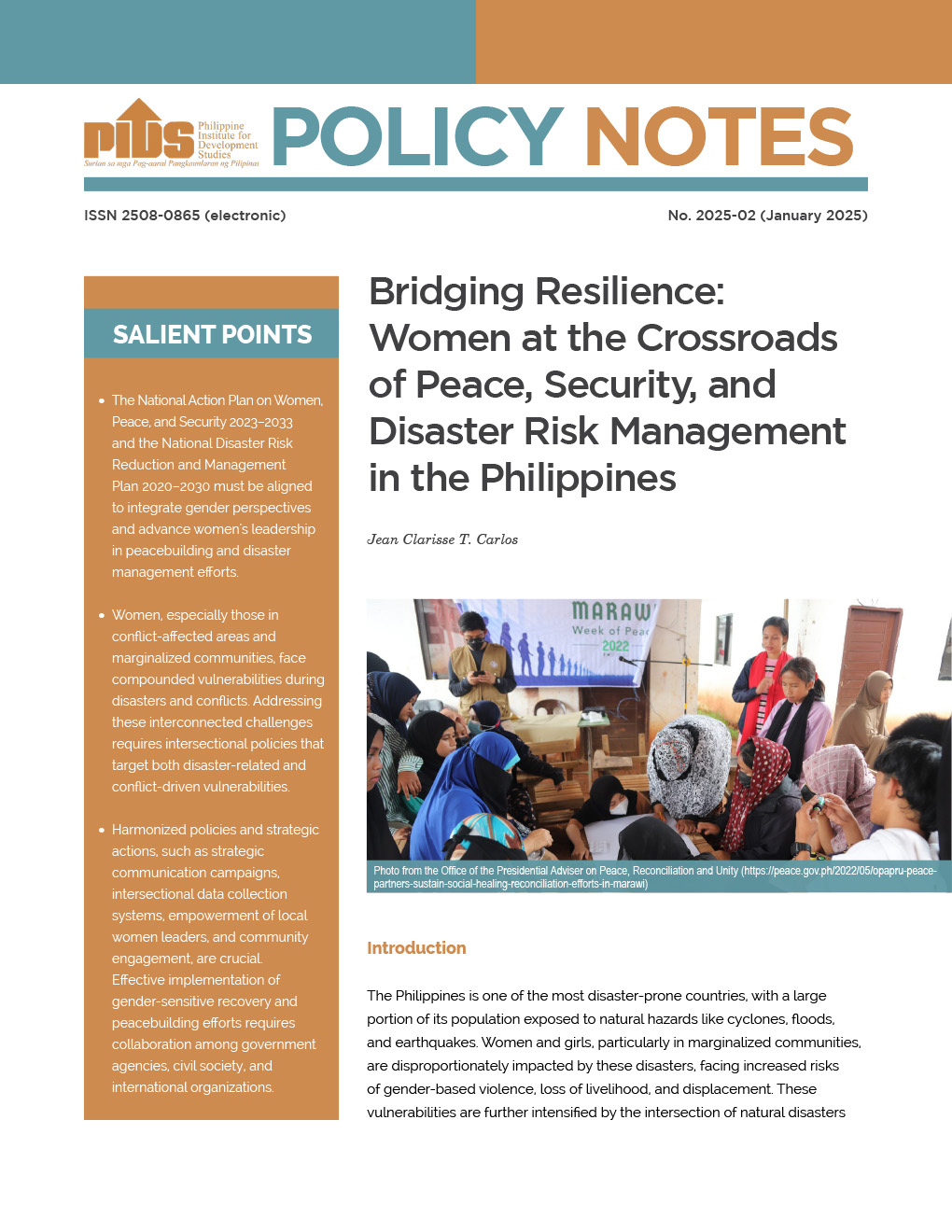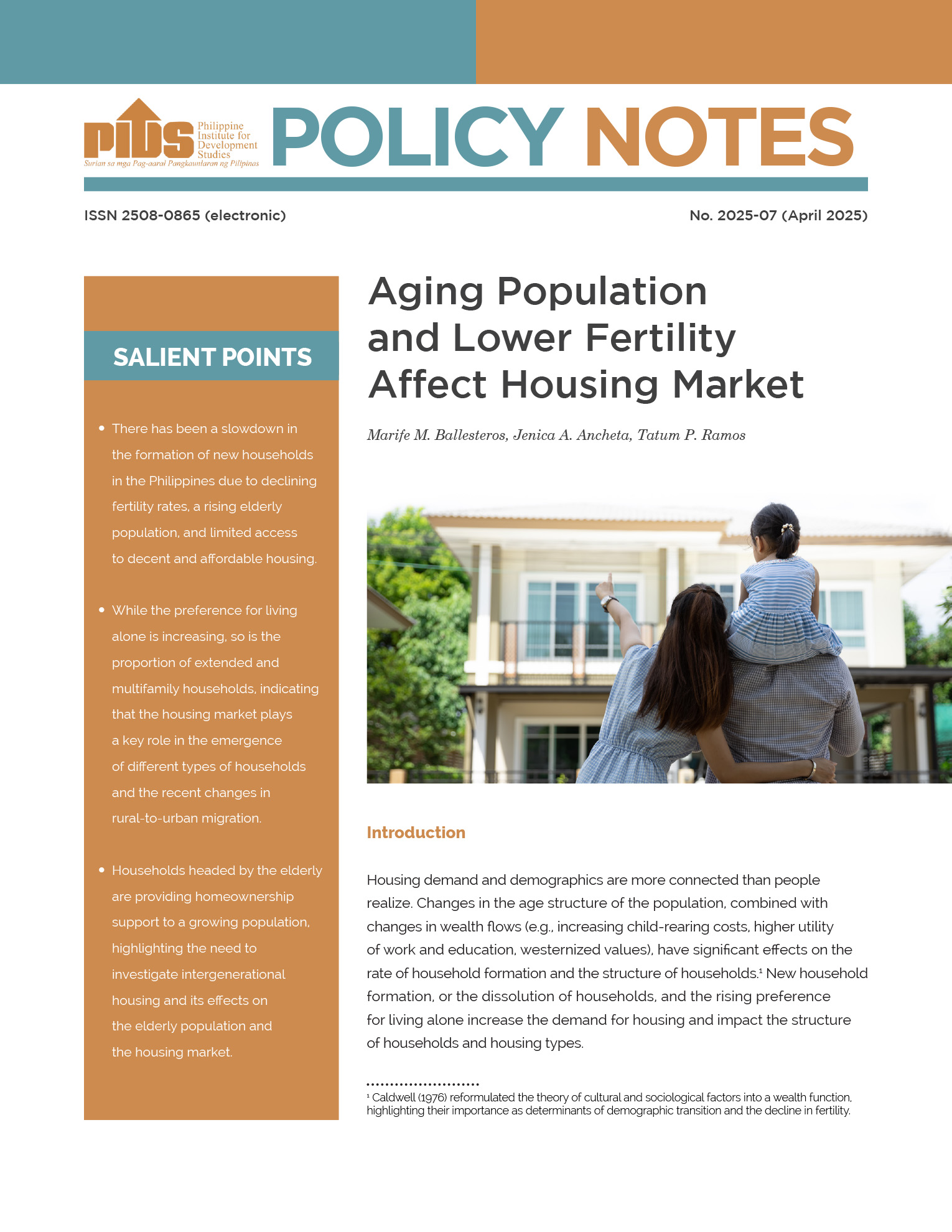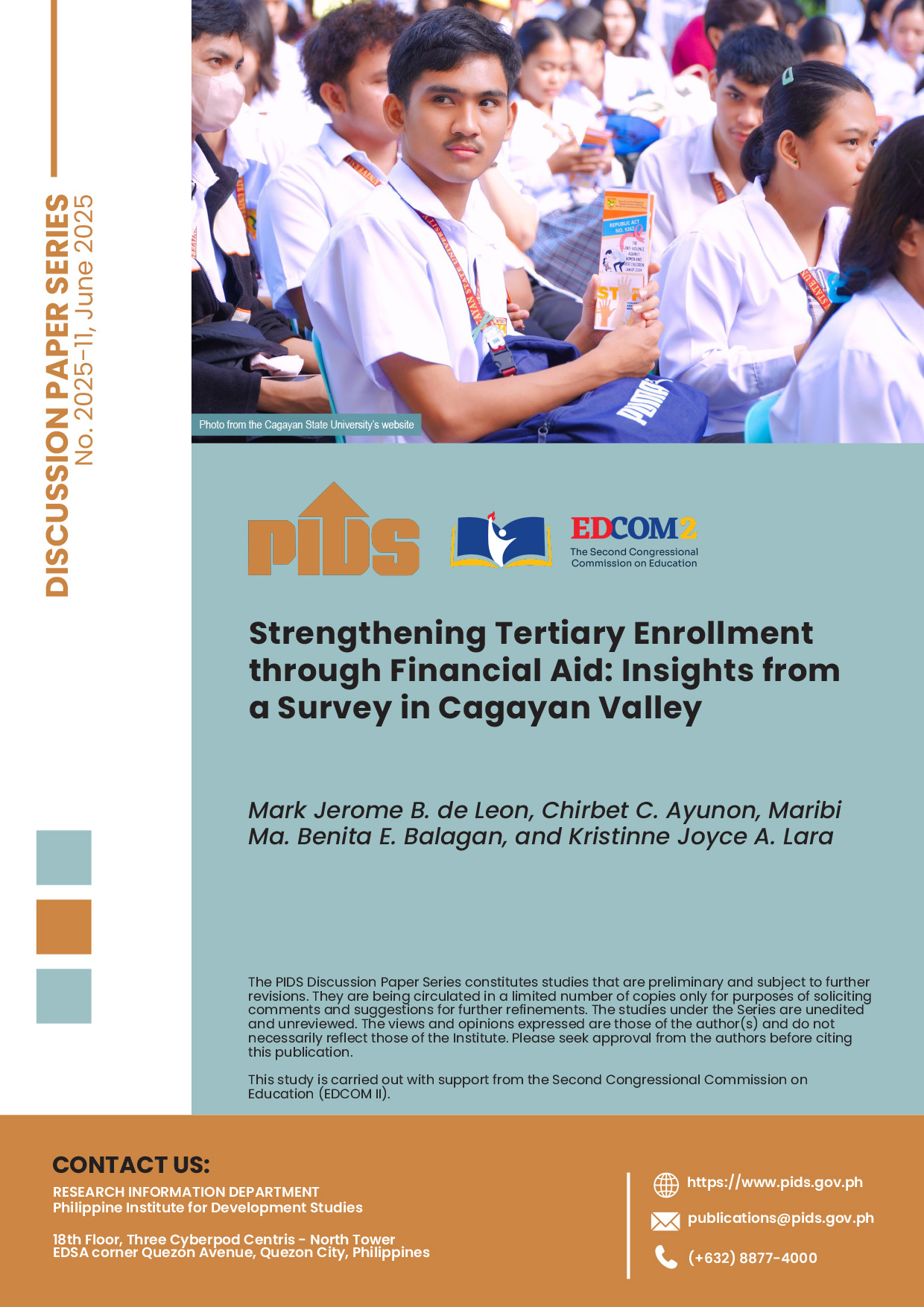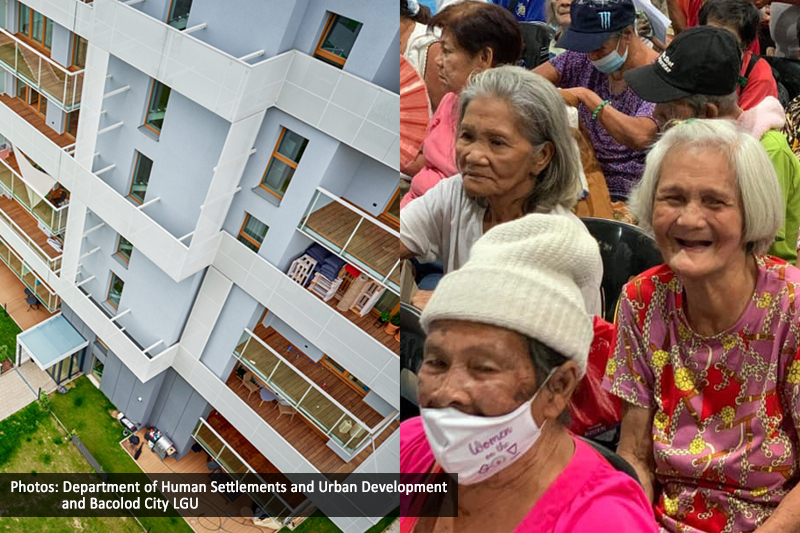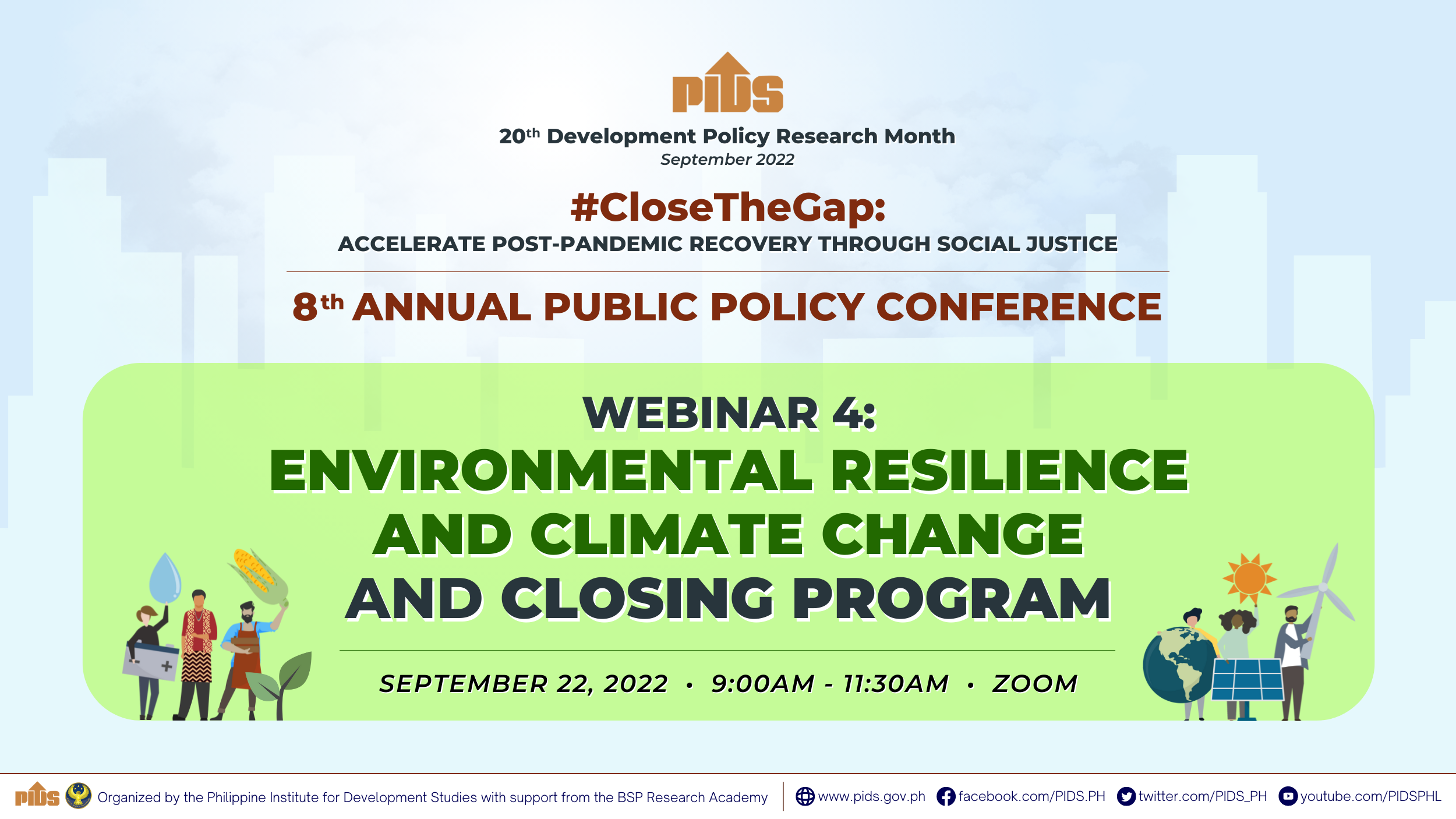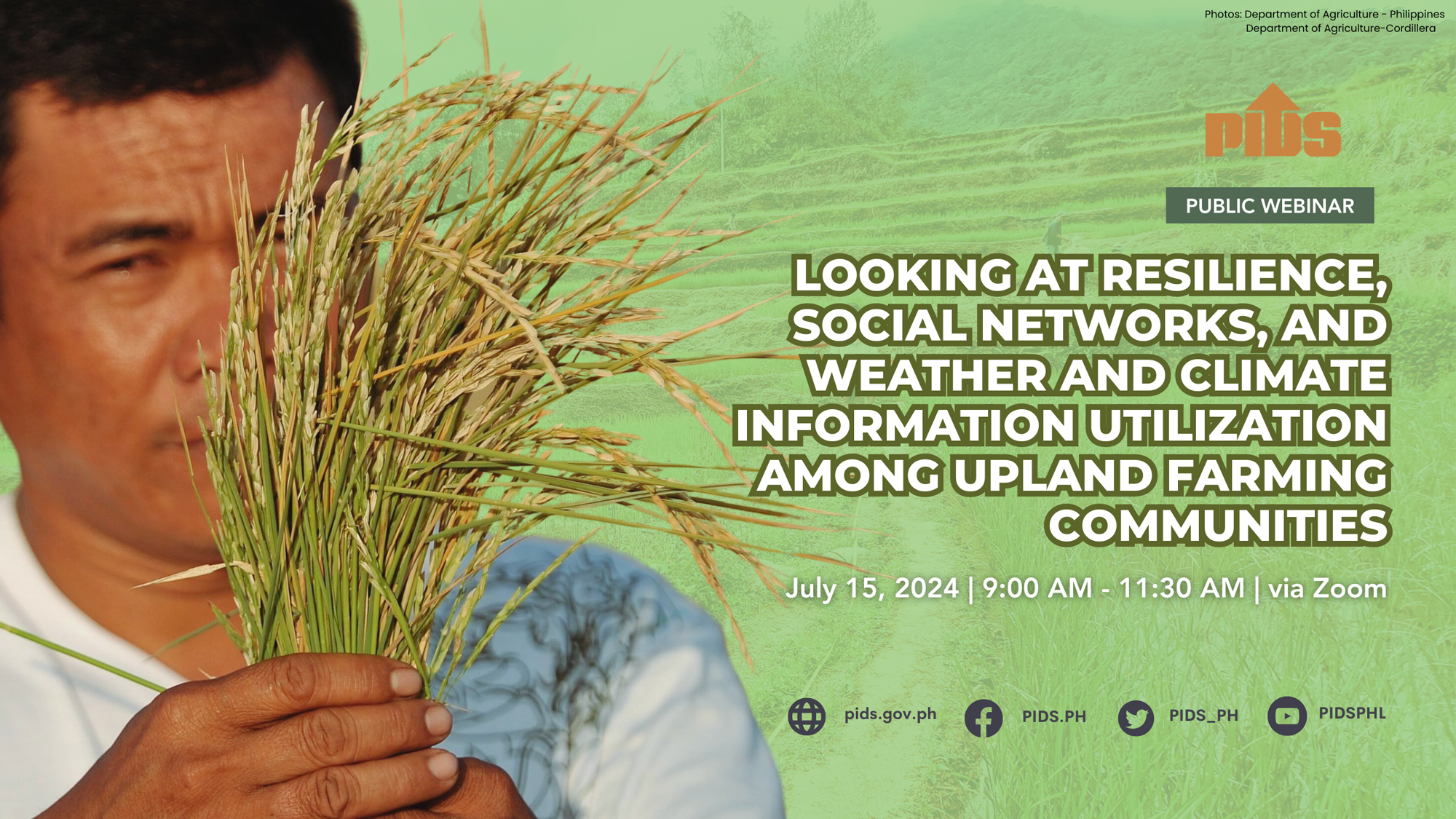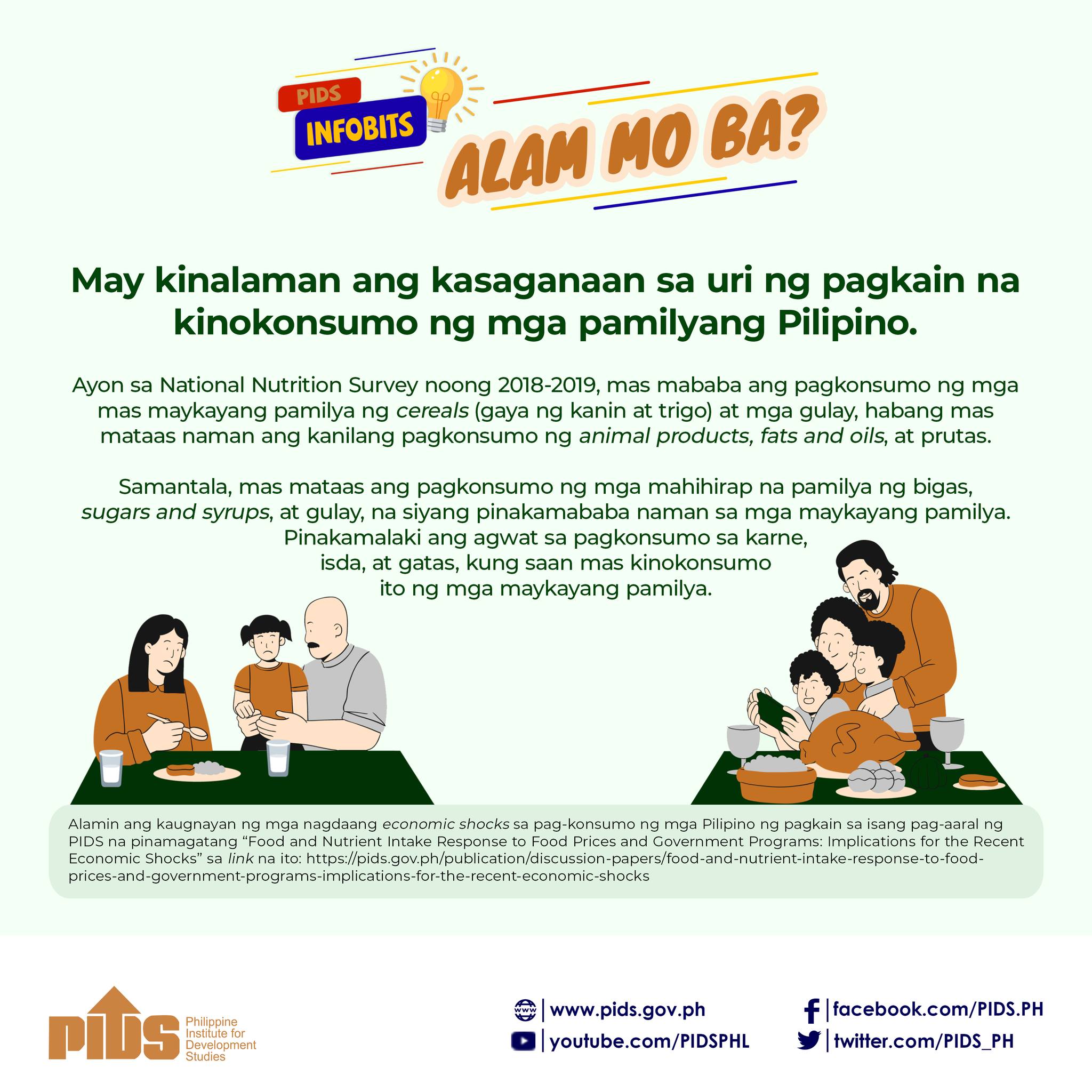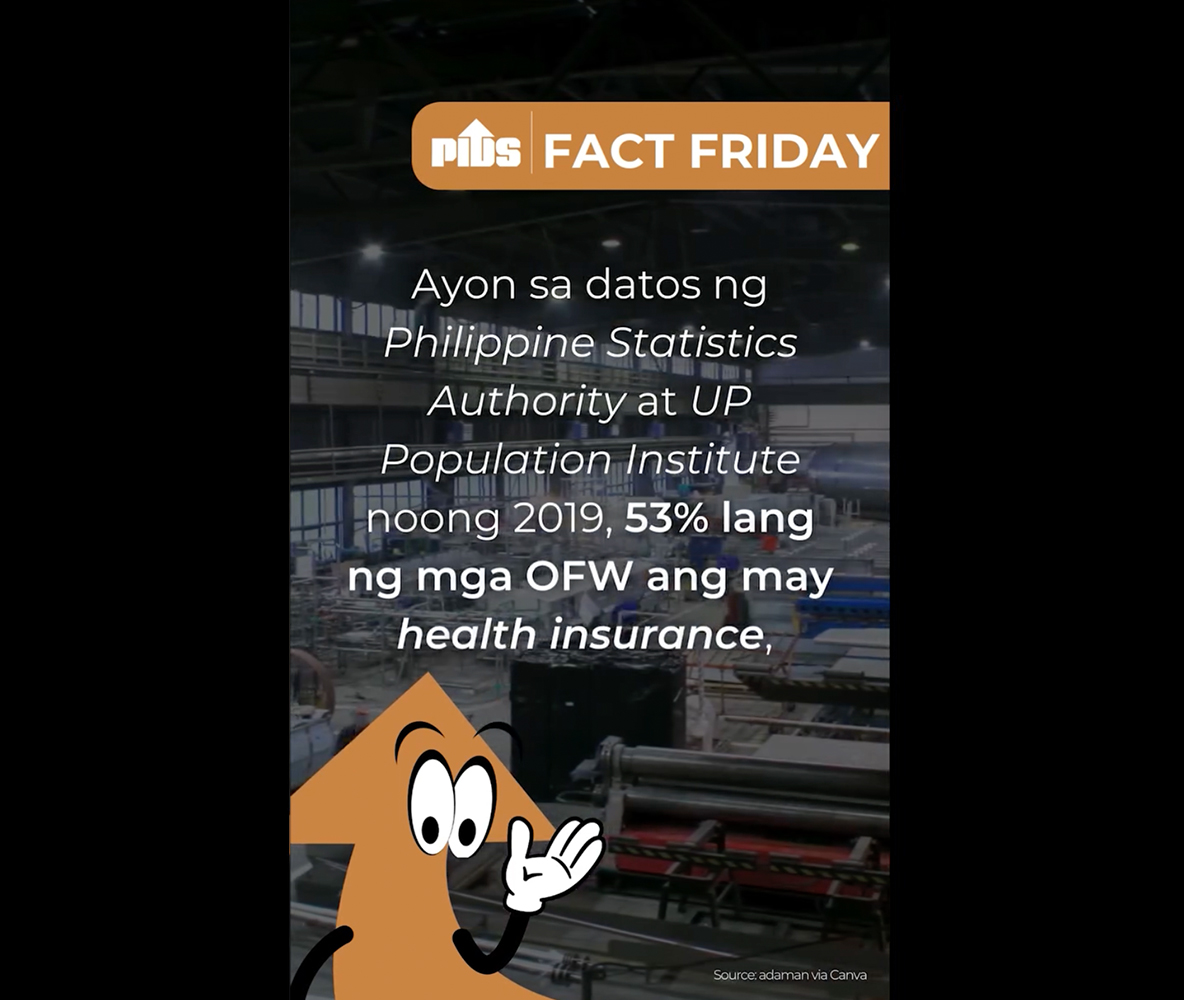Strong economic fundamentals and policy reforms made it possible for the Philippines to withstand the effects of natural disasters, but resilience goes beyond disaster risk reduction, an economist said yesterday.
Economist Dr. Gilberto Llanto, president of the Philippine Institute for Development Studies (PIDS), said though the Philippine economy is doing well, there is a need to build more capacities to “respond to interconnected risks and shocks” that cripple economic and development gains.
”What are we doing right? The institutional and policy reforms made through time, from the terms of former President Gloria Arroyo to President Benigno Aquino, the Philippine economy was able to develop resilience but [this is] not enough because a segment of the population is still in deep poverty,” Llanto said in a briefing at the Philippine Information Agency.
As a country often battered by extreme weather events and natural disasters, the Philippines faces “interconnected and overlapping risks,” thus the need to build resilient communities to mitigate the impact of disaster-related events.”
We have to be prepared and develop resilience in communities. Not because we are exposed to natural hazards, we are hopeless. We are doing fine, but we can’t be complacent about that,” he said.”We need to develop resilience thinking not just on the government level but down to the household level,” he added.
The 2014 World Risk Report identified the Philippines as the third among 15 countries worldwide most exposed to natural hazards. In the same report, the Philippines ranked second among 15 countries that are most at risk to natural hazards worldwide.Among sectors, agriculture remains to be the most vulnerable in times of natural disasters such as typhoons.
Economist Dr. Gilberto Llanto, president of the Philippine Institute for Development Studies (PIDS), said though the Philippine economy is doing well, there is a need to build more capacities to “respond to interconnected risks and shocks” that cripple economic and development gains.
”What are we doing right? The institutional and policy reforms made through time, from the terms of former President Gloria Arroyo to President Benigno Aquino, the Philippine economy was able to develop resilience but [this is] not enough because a segment of the population is still in deep poverty,” Llanto said in a briefing at the Philippine Information Agency.
As a country often battered by extreme weather events and natural disasters, the Philippines faces “interconnected and overlapping risks,” thus the need to build resilient communities to mitigate the impact of disaster-related events.”
We have to be prepared and develop resilience in communities. Not because we are exposed to natural hazards, we are hopeless. We are doing fine, but we can’t be complacent about that,” he said.”We need to develop resilience thinking not just on the government level but down to the household level,” he added.
The 2014 World Risk Report identified the Philippines as the third among 15 countries worldwide most exposed to natural hazards. In the same report, the Philippines ranked second among 15 countries that are most at risk to natural hazards worldwide.Among sectors, agriculture remains to be the most vulnerable in times of natural disasters such as typhoons.

